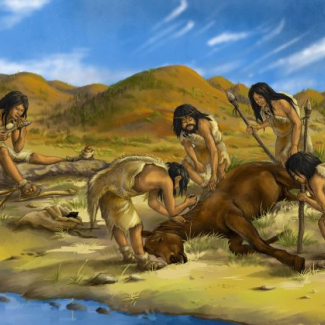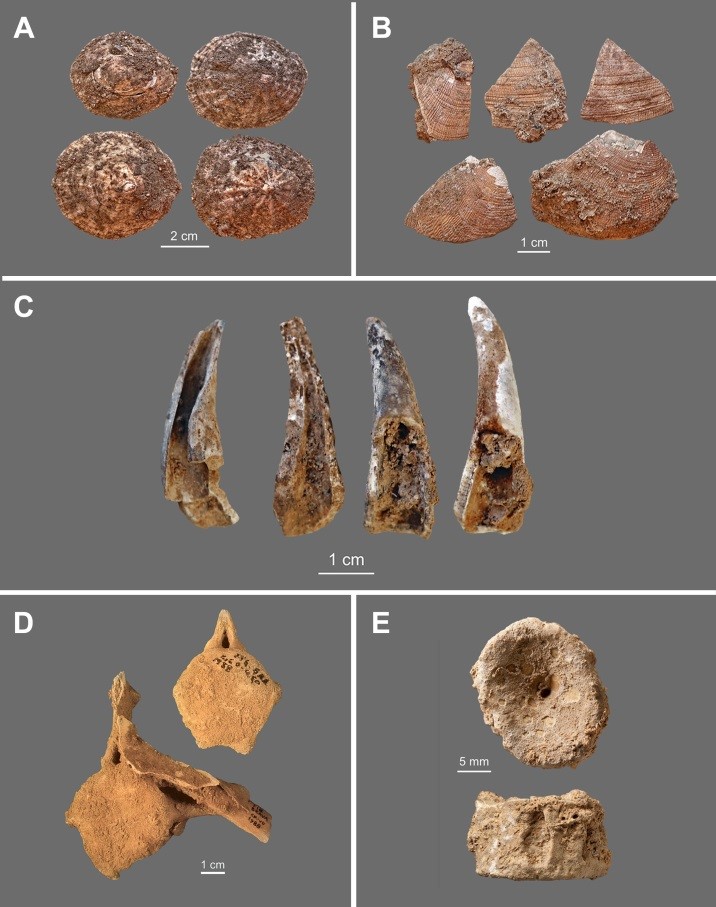
Neanderthals: Pioneers in the use of marine resources
Neanderthals slurping seashells by the seashore? This scene may startle those accustomed to imagining Homo neanderthalensis as a people of cold climes who hunted large herbivores. Yet an international team including scientists from three laboratories affiliated with the CNRS and partner institutions1 have just demonstrated that Neanderthals hunted, fished, and gathered prodigious volumes of seafood and other marine animals: they discovered remains of molluscs, crustaceans, fish, birds, and mammals in a Portuguese cave (Figueira Brava) occupied by Neanderthals between 106,000 and 86,000 BCE. The diversity of marine food resources found there even exceeds that observed at other, much more recent Portuguese sites, dated to 9,000–7,500 BCE. The team’s findings, published in Science (27 March 2020), suggest that many Neanderthal groups—living in Mediterranean climates far from the mammoth hunts of the frigid steppes—shared these dietary habitats.

© A-C M. Nabais, D Antunes et al. 2000, E. J. P. Ruas
- 11 – Researchers from Centre de recherche en archéologie, archéosciences, Histoire (CNRS/Université de Rennes), from De la préhistoire à l'actuel : culture, environnement et anthropologie laboratory (CNRS/Université de Bordeaux/Ministère de la Culture) and Travaux de recherches archéologiques sur les cultures, les espaces et les sociétés laboratory (CNRS/Université de Toulouse Jean Jaurès/Ministère de la Culture).
Last Interglacial Iberian Neandertals as Fisher-Hunter-Gatherers. J. Zilhão, D. E. Angelucci, M. Araújo Igreja, L. J. Arnold, E. Badal, P. Callapez, J. L. Cardoso, F. d’Errico, J. Daura, M. Demuro, M. Deschamps, C. Dupont, S. Gabriel, D. L. Hoffmann, P. Legoinha, H. Matias, A. M. Monge Soares, M. Nabais, P. Portela, A. Queffelec, F. Rodrigues and P. Souto. Science, 27 March 2020. DOI:10.1126/science.aaz7943


